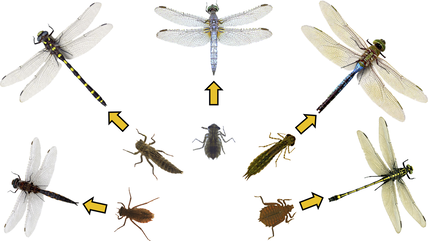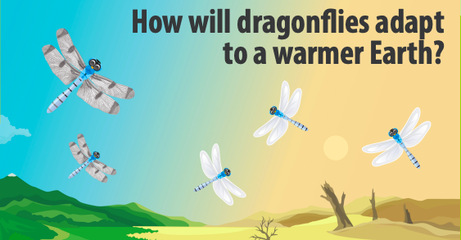Organisms have a remarkable capacity to adapt to their environments, sometimes evolving in only a few decades. It’s also the case, however, that organisms don’t always adapt to the pressures they face. For instance, no organism is able to live in every environment. Many organisms have gone and continue to go extinct. And the fossil record shows that some organisms exhibit almost no evolutionary change over millions of years. Thus, while natural selection is capable of driving adaptation in many cases, there also appear to be limitations on adaptation as well. Our lab's research focuses on the factors that shape the evolution of species' ecological limits. Studying these evolutionary constraints helps us understand the formation of biodiversity in the past, and it allows us to better predict the ways that organisms will or will not respond to our changing planet in the future.


